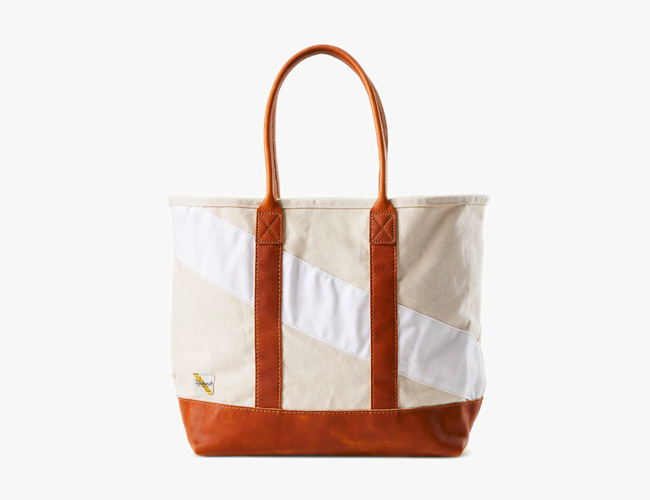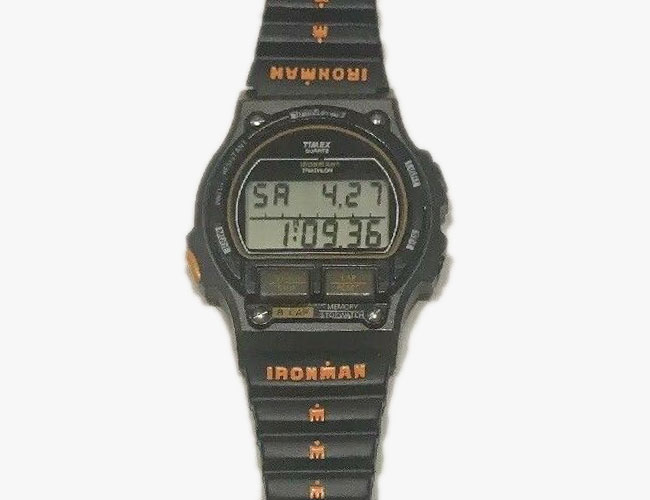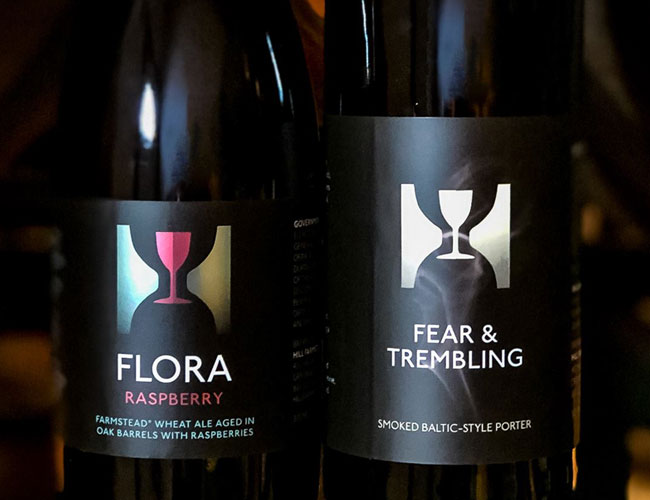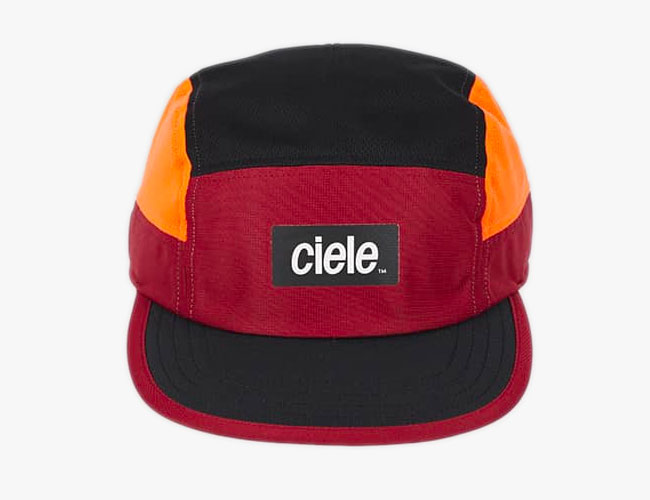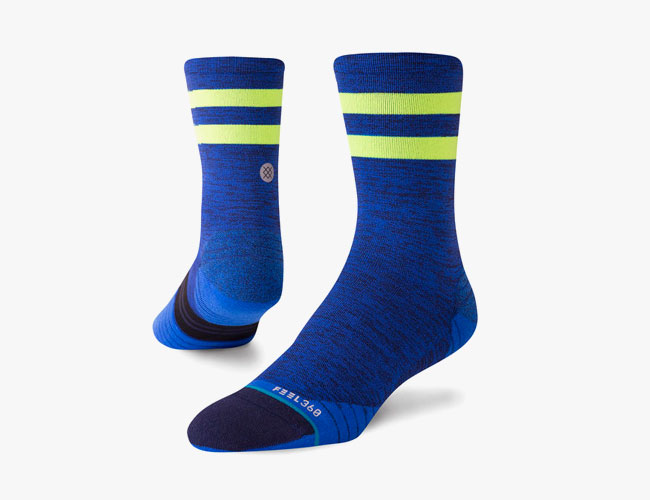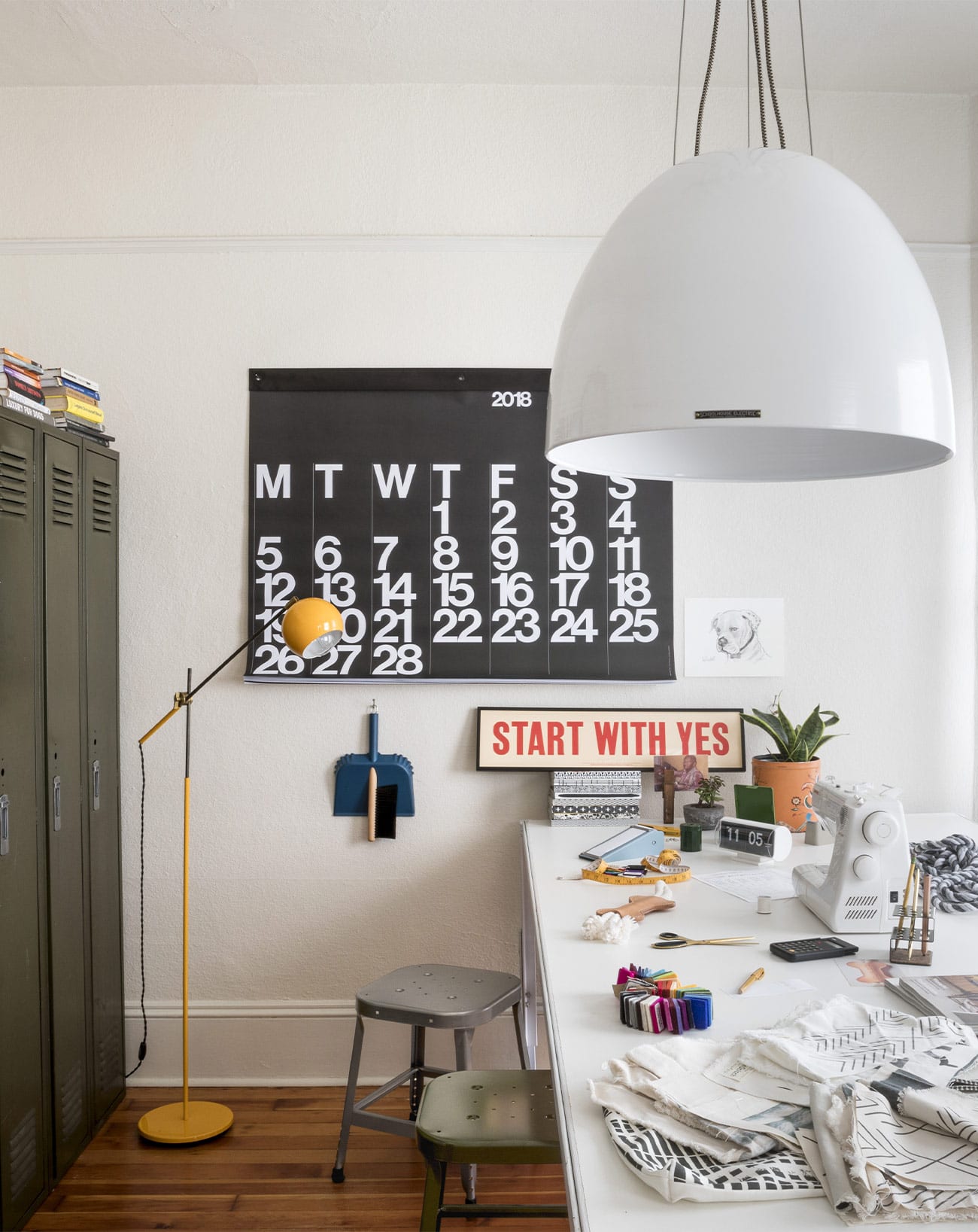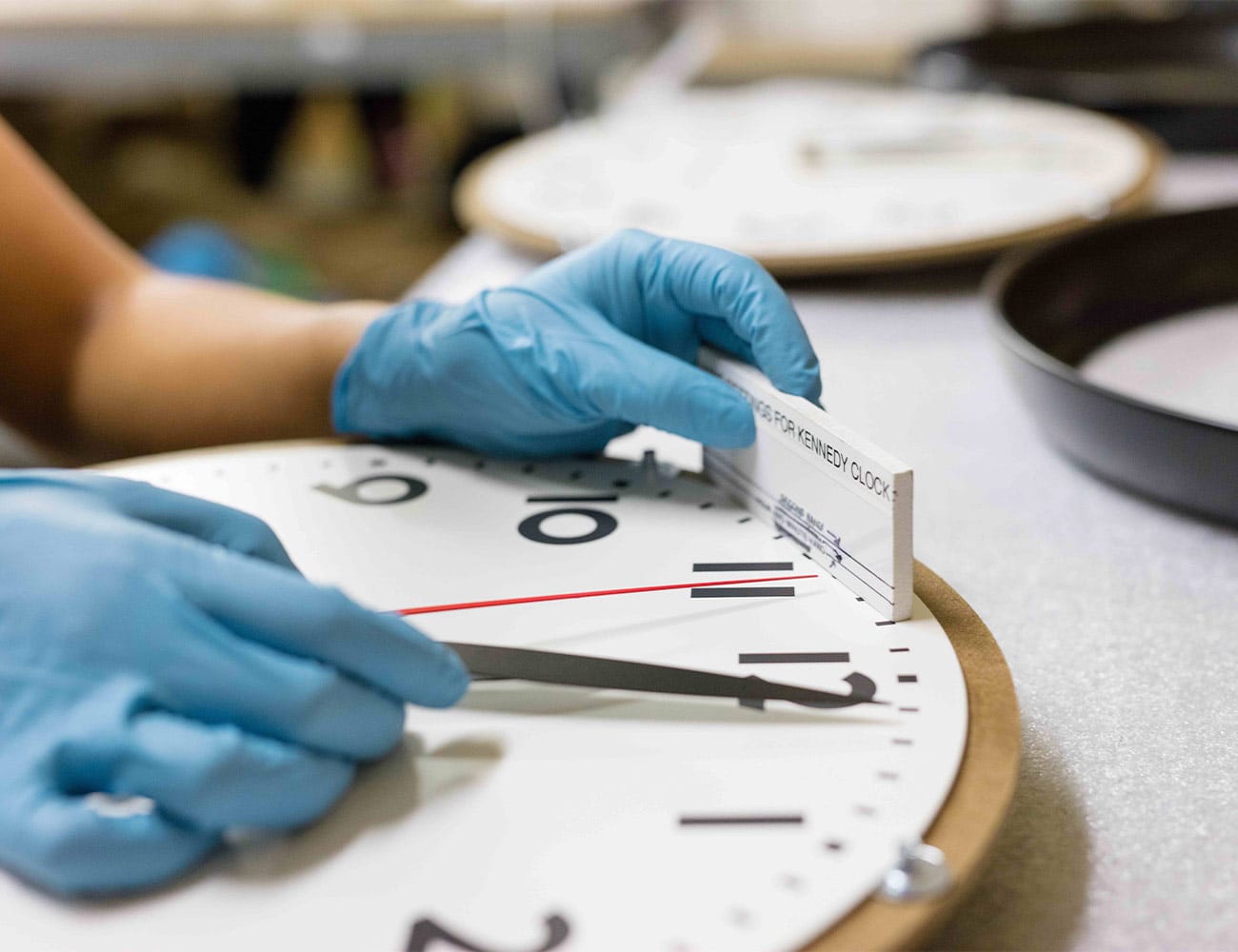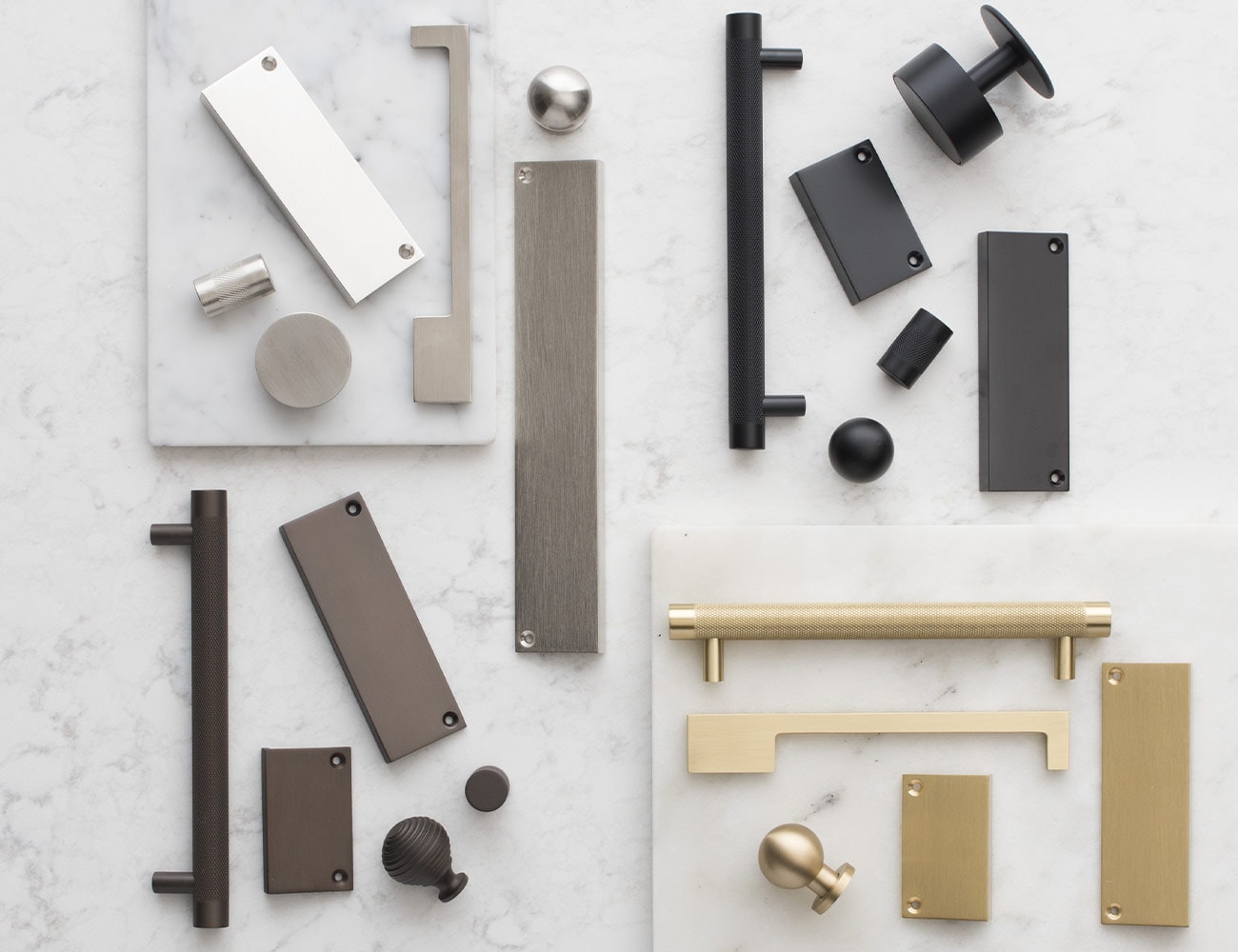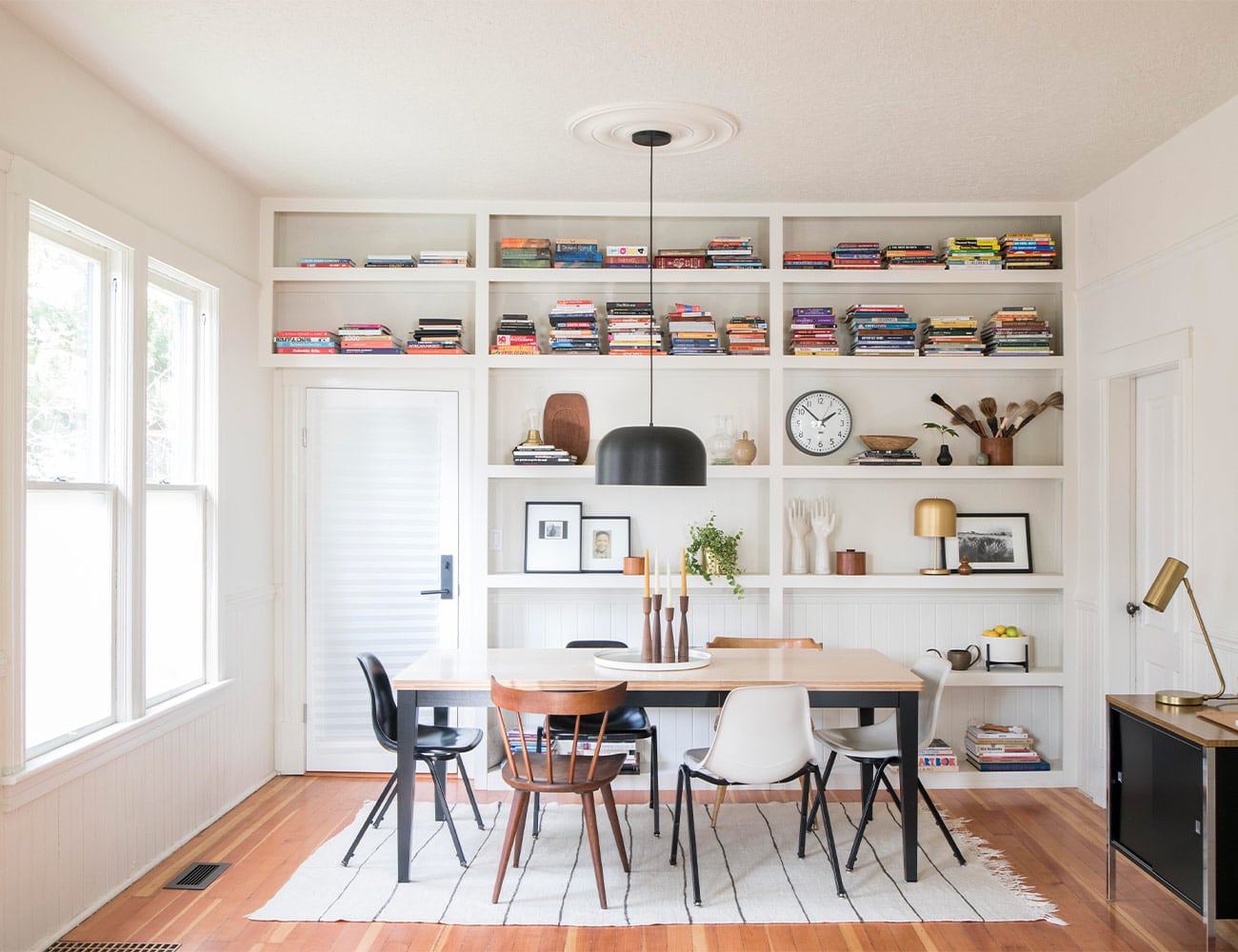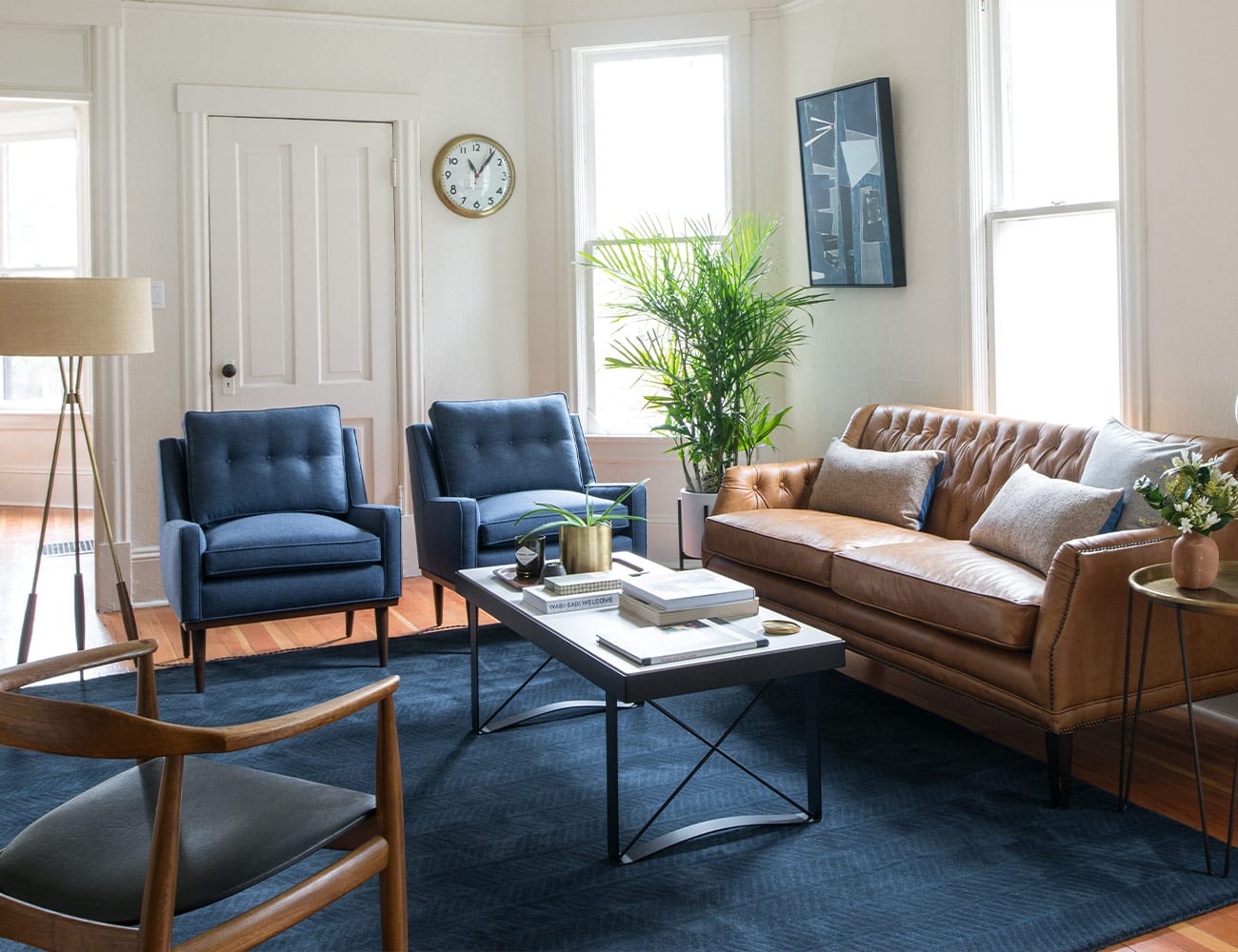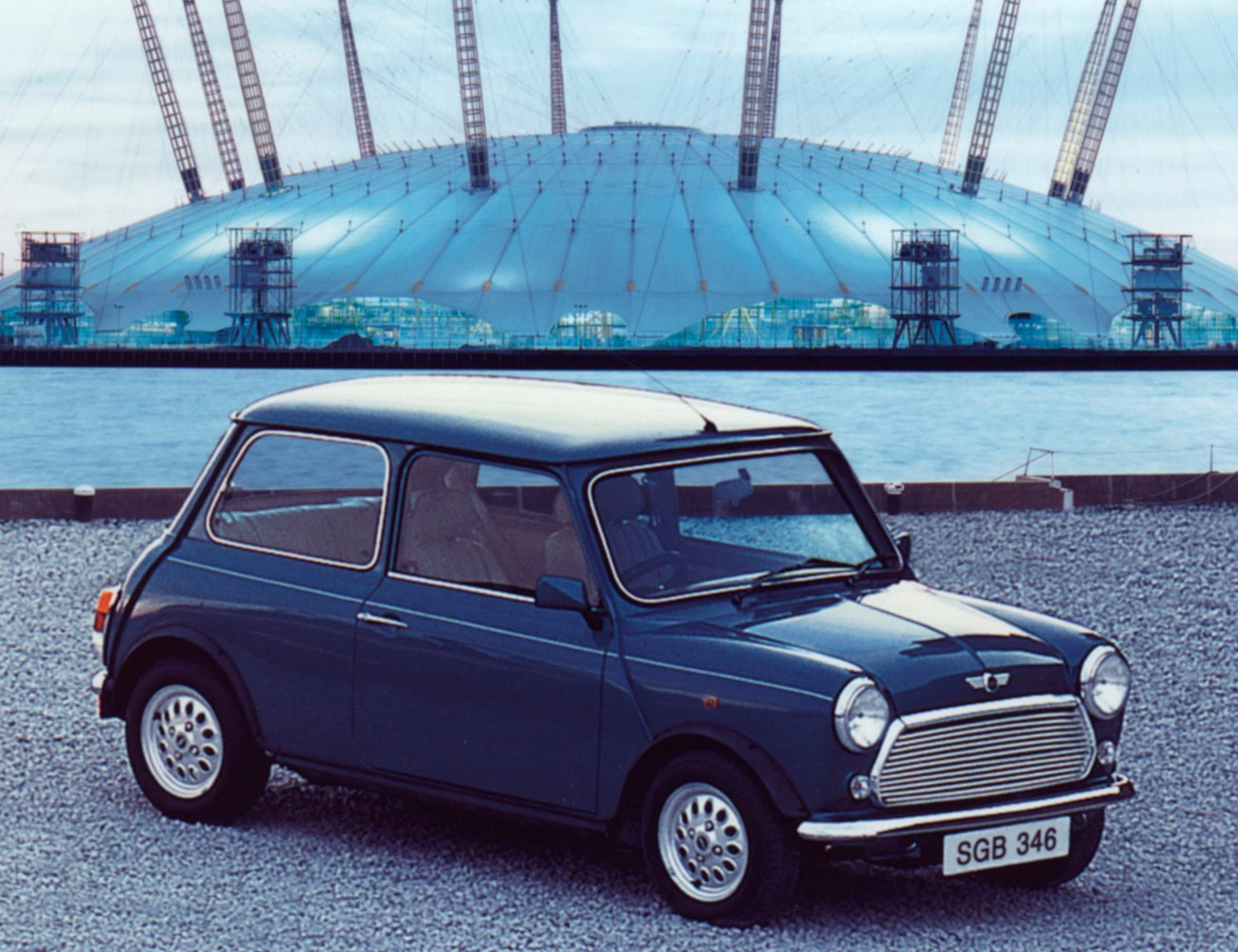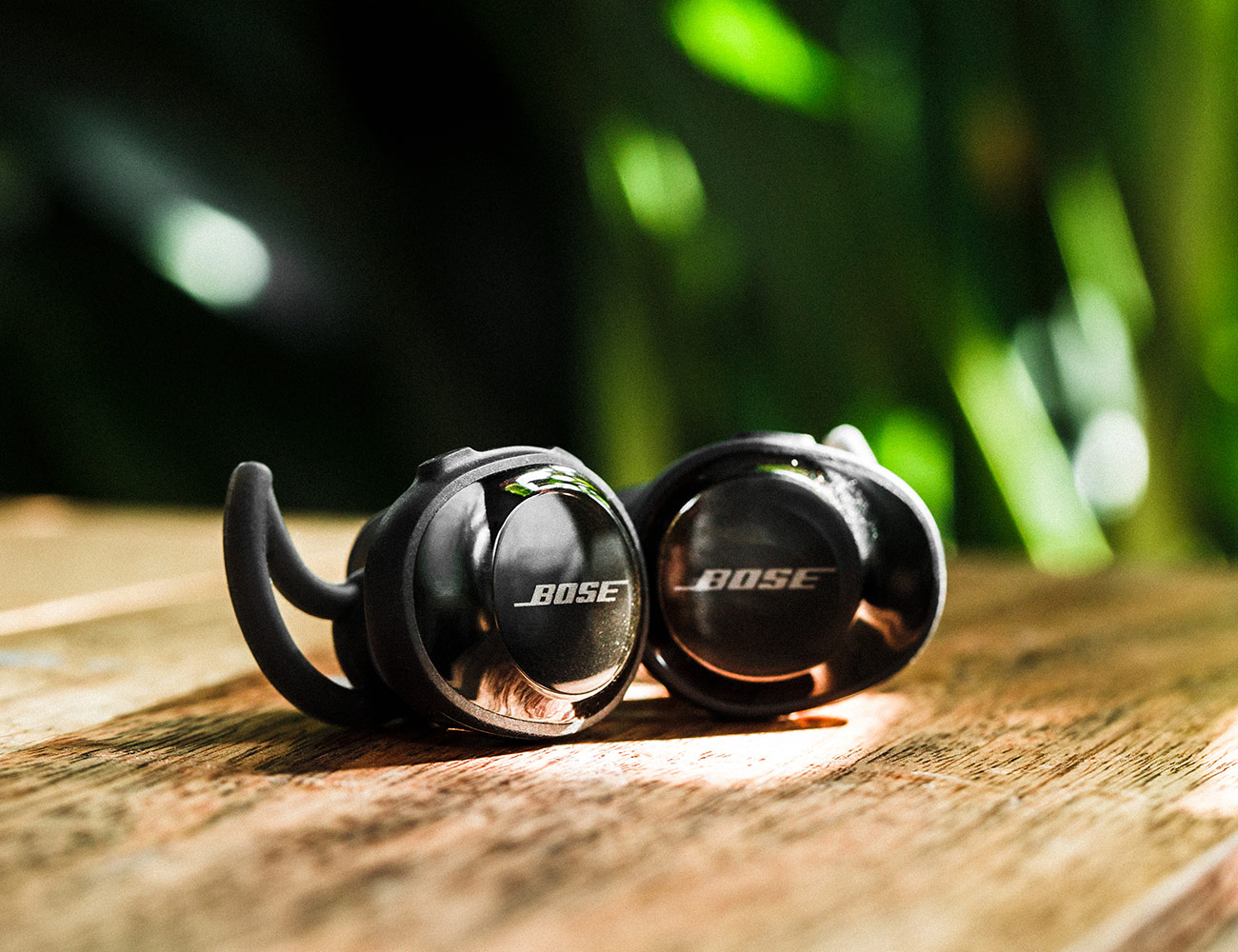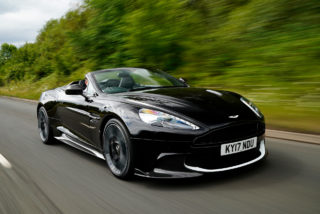This Tiny Canadian Brand Makes Some of the Most Sought-After Running Gear
Editor’s note: This interview was originally published in June of 2019. With running being such a hot topic lately — studies have shown running activity has actually increased since the pandemic began — we decided to resurface a fun, inspiring window into one of the space’s most dynamic brands. Links for recommended products have been updated, with some now available at considerable discounts.
Back in August of 2014, Jeremy Bresnen and Mike Giles dropped the line that would change the way the running world thinks about hats. Years later, we chatted with Bresnen to learn more about the company’s roots, his running history and how the team took hats from everyone’s afterthought to the reason we run. Plus, we found out what essential running pieces Bresnen — a veteran of Burton and Canadian skiwear brand Mirage — currently adores.
Q: When you guys started, what did you feel was missing from the hat world?
A: A hat that I wanted to wear. There were two things: Nobody was paying any attention to those technical running caps from any of the major brands. They were taking existing fabric and not thinking it through. I wanted something comfortable, packable and breathable. Probably like 90 percent of the caps on the market are made out of a woven fabric. If you were lucky, they put a little mesh window on each side to [help] with evaporation. And then, our foam band, which makes for a more comfortable hat over short distances, [and] long distances. And then, the advantage that you can pack it away in a pocket if you don’t want to be wearing the hat at all. I believed we could do something better technically. The background that I come from is technical clothing designs, more on the outerwear side of things.
Q: Did you launch with just one style?
A: We launched with the GOCap in nine colors… seven colors… no, nine colors. And I think our total order from the factory was like 1,400 hats. It was a really small start. [Now,] we have four deliveries a year, so it’s about 65-75 new skus every year that come out.
Q: Did you guys sell out right away?
A: No, it took a while. In 2014, we sold a total of about 600 hats. It certainly wasn’t instant. We had this feeling that people were embracing it, as small as it was. People were getting excited about it on social media. And the stores that had it, there weren’t a lot, but they were excited about it. They were doing better than they expected to do with it. Headwear was largely ignored, right? It’s never been a category that is considered something that you can do really, really well with. And now, some of those retailers that we started with are doing really, really well with it. So, it’s fun.

Ciele Athletics co-founder Jeremy Bresnen in product design mode.
Q: Was there a defining moment when you feel people got it?
A: We say baby steps all the time. Very early on, from an Instagram standpoint, which is where most of our communication happens, we could see the right people were picking it up. It’s connecting to a wide variety of the right people, meaning that guy’s a graphic artist who’s done work for all the major brands and a ton of streetwear brands that we respect. And I didn’t know he runs, but he clearly runs. Instagram allows for that. You see people post a photo and they tag you in it. So, I wouldn’t say there was any one thing. I think it wasn’t until year two that it felt like, OK, this is going to go.
There was a group of runners called the Mountain Hobos in San Diego that latched onto it. And some people at Stance recognized what we were doing. And then November Project was sort of a result of what was happening. And I’m talking all US here because, in Canada, we had the support of Canada Running Series, [which] does the Toronto Waterfront marathon. We were the official headwear of the 2015 Toronto Waterfront marathon, one year after we had started.
And that same year, because we connected with Parkdale Run Club, we did a hat for Bridge the Gap. I remember standing there and looking around and seeing the different types of people wearing the product and being excited that there was that diversity in terms of who was coming to the brand.
Q: How did your first collaboration come to be, and what was it?
A: The first collaboration was with Janji. And it came to be out of our Boston [connection]. We have a great relationship with our rep down there, and she was involved in the November Project and running, in general. And she met the guys from Janji and they were excited about potentially doing something. So, we made that happen.
Q: Can we get a sneak preview as to what collaborations are next?
A: There is a collaboration dropping in August, and it’s our first more lifestyle collaboration. We’re doing a cap with Reigning Champ. Two Canadian brands. They’re offering more technical products recently, and we’ve been working with them on that. So, we’re excited. I don’t have the exact dates yet, but in August at their store in Los Angeles.
Q: Do you always want to stay a hat company?
A: Our goal was never to be a headwear brand. It was the product we started with. And we saw a hole in the market. And having done clothing for the last 20 years and knowing how complex clothing can be, we wanted to establish ourselves first with a premium product. And headwear by and large has no sizing, [is] unisex, [and] a lot easier. It’s super unromantic as to why we ended up there.
Q: What does your personal running routine look like, or do you like to mix it up?
A: Honestly, for the last few months, it’s been pretty much nonexistent. Generally speaking, my thing has always been the run commute — because with two kids and a business and a girlfriend and all of those things that life brings. They say that you can probably really focus on three things in life, and one of those includes sleep. So it’s sleep, family, work. And, it’s trying to find that balance. The run commute is how I found running.
Q:With run commuting, did someone suggest it to you? Or you realized you could be more efficient when running?
A: I want to say it was 2011, 2012, and I was biking to work. Biking is one of those things, you’ve got to go fast and for a long time for it to have an effect from a body and fitness standpoint. And I was like, you know what? I’m just going to [run]. If I take the metro to the South Shore, so kind of like from Manhattan to Brooklyn, and I run from the metro to work, it’s eight kilometers — manageable. At first, I was lucky if I made a hundred meters. By the end of the summer, I was making it all the way to work. [Where I worked] had showers, so it was a perfect situation — and I was doing that three to four times a week, which whips you into shape. Running along the river is a great way to disconnect. That’s how I fell in love with it. And then, two years later, I turned the hobby into a job.
Bresnen’s Gear
Lululemon Surge Run Backpack II
To run commute, you have to make sure you have enough space for your laptop, plus a change of clothes. This 16-liter bag fits all that and more.
Saucony Kinvara 10
The Kinvaras are popular for a reason — the craddled feet feel makes light work of track days, plus the neutral fit works just as well for long day tempo runs.
Ciele GoCap Standard
Bresnen typically grabs one of the original GOCap Standards in the red rocks shade — “literally the first color we ever did.”
Stance Run Light Crew St
Our team and Bresnen agree: Stance makes some awesome socks. Bresnen likes the crew height, and you can pick from a variety of colors that are constantly updated throughout the year.









